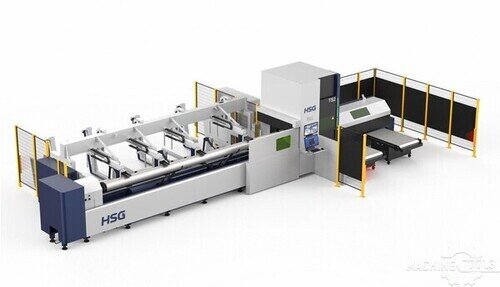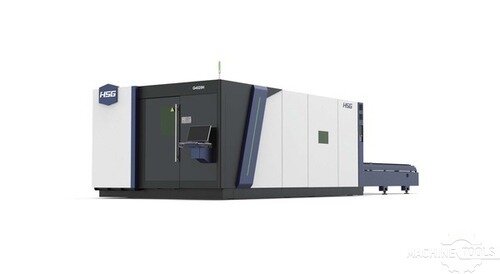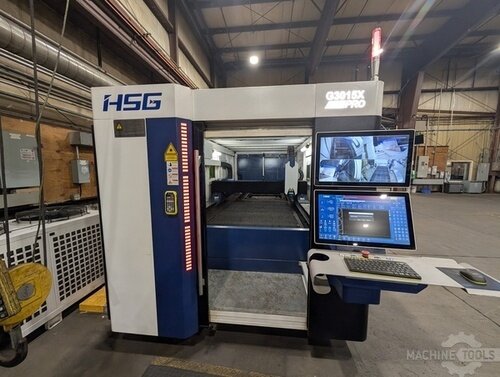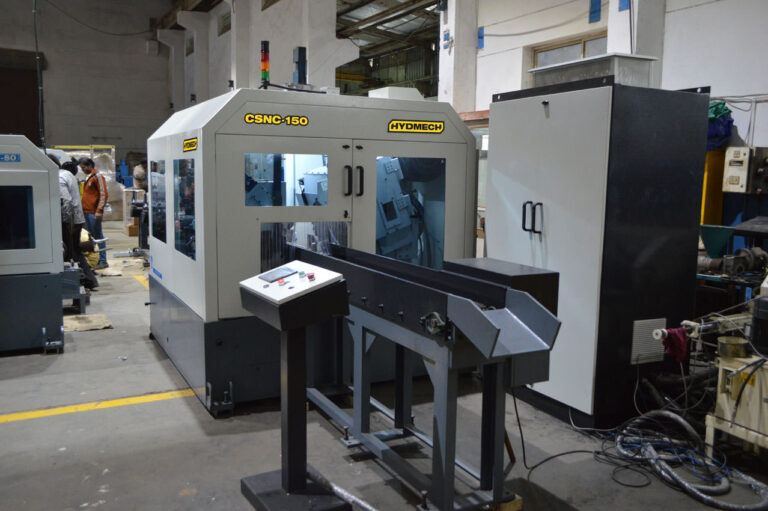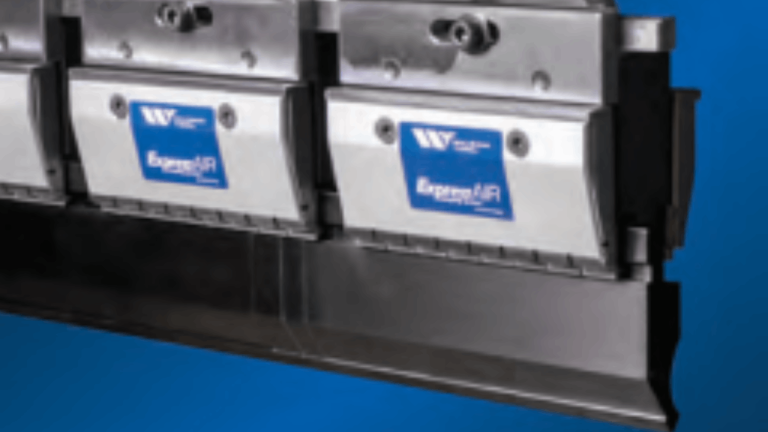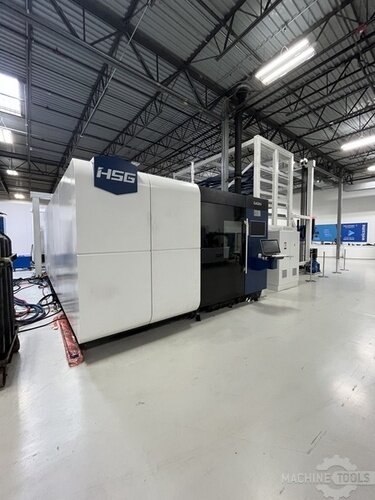In the world of precision fabrication, the efficiency and reliability of your laser gas system can make or break your operations. As the VP of Sales at Mac-Tech, I’ve seen firsthand how proper maintenance can extend the life of these systems and enhance their performance. Today, I want to share essential maintenance tips that will help you optimize your laser gas system, ensuring it runs smoothly and efficiently. By focusing on regular inspections, cleaning protocols, troubleshooting, and upgrades, you can achieve superior results and customer satisfaction.
Understanding the Importance of Laser Gas Systems
Laser gas systems are the backbone of many precision fabrication processes. They provide the necessary environment for laser cutting and welding, ensuring that the laser beam remains stable and effective. Without a well-maintained laser gas system, you risk compromising the quality of your work, leading to increased downtime and higher operational costs. Understanding the critical role these systems play is the first step in appreciating the need for regular maintenance.
A well-functioning laser gas system ensures that your laser operates at peak performance, delivering precise cuts and welds. This precision is crucial in industries where accuracy is paramount, such as aerospace, automotive, and medical device manufacturing. By maintaining your laser gas system, you not only improve the quality of your products but also enhance your reputation for reliability and excellence.
Moreover, a properly maintained laser gas system can significantly reduce operational costs. Regular maintenance helps prevent unexpected breakdowns and costly repairs, allowing you to allocate resources more efficiently. Investing in the upkeep of your laser gas system is a proactive approach that pays off in the long run.
Finally, understanding the importance of laser gas systems underscores the need for a comprehensive maintenance plan. By prioritizing regular inspections, cleaning, and upgrades, you can ensure that your system remains in top condition, supporting your business goals and customer satisfaction.
Regular Inspections: The Key to Longevity
Regular inspections are the cornerstone of a robust maintenance strategy for your laser gas system. These inspections help identify potential issues before they escalate into major problems, ensuring the longevity and reliability of your equipment. By scheduling routine checks, you can catch wear and tear early, preventing costly downtime and repairs.
During inspections, it’s essential to examine all components of the laser gas system, including gas lines, valves, and regulators. Look for signs of leaks, corrosion, or damage that could affect performance. Regularly checking these components ensures that your system operates efficiently and safely, minimizing the risk of accidents or malfunctions.
In addition to visual inspections, it’s crucial to monitor the performance of your laser gas system. Keep track of key metrics such as gas pressure, flow rates, and laser output. Any deviations from the norm can indicate underlying issues that need to be addressed promptly. By staying vigilant and proactive, you can maintain optimal performance and extend the life of your system.
Finally, document all inspections and maintenance activities. Keeping detailed records helps you track the condition of your laser gas system over time and identify recurring issues. This information is invaluable for making informed decisions about repairs, replacements, and upgrades, ensuring that your system remains in peak condition.
Cleaning Protocols for Optimal Performance
Cleaning your laser gas system is a critical aspect of maintenance that directly impacts its performance. Dust, debris, and contaminants can accumulate over time, obstructing gas flow and reducing the efficiency of your system. Implementing a regular cleaning protocol helps maintain optimal performance and prevents potential issues.
Start by cleaning the gas lines and connections. Use appropriate cleaning agents and tools to remove any buildup that could impede gas flow. Pay special attention to areas prone to contamination, such as connectors and fittings. Regular cleaning ensures that your system operates smoothly and efficiently, delivering consistent results.
Next, focus on the laser optics. Clean the lenses and mirrors regularly to remove any dust or residue that could affect the laser beam’s quality. Use specialized cleaning solutions and lint-free cloths to avoid scratching or damaging the optics. Properly maintained optics are essential for achieving precise cuts and welds, enhancing the overall performance of your laser gas system.
Finally, don’t overlook the importance of maintaining a clean environment around your laser gas system. Keep the area free from dust and debris, and ensure proper ventilation to prevent contaminants from entering the system. A clean workspace contributes to the longevity and efficiency of your equipment, supporting your commitment to quality and customer satisfaction.
HSG TS2 HIGH SPEED TUBE FIBER LASER CUTTING MACHINE
HSG 3015H 12KW
Troubleshooting Common Laser Gas Issues
Even with regular maintenance, laser gas systems can encounter issues that require troubleshooting. Being able to identify and address common problems quickly is essential for minimizing downtime and maintaining productivity. Here are some common laser gas issues and tips for troubleshooting them effectively.
One common issue is inconsistent gas flow. This can be caused by blockages, leaks, or faulty regulators. Start by checking the gas lines for any obstructions or damage. Ensure that all connections are secure and that there are no leaks. If the issue persists, inspect the regulators and replace them if necessary. Consistent gas flow is crucial for maintaining the stability and performance of your laser system.
Another frequent problem is poor laser beam quality. This can result from dirty or misaligned optics, incorrect gas mixtures, or issues with the laser source itself. Begin by cleaning and aligning the optics, ensuring that they are free from dust and debris. Verify that the gas mixture is correct and that the gas supply is stable. If the beam quality remains poor, consult the laser manufacturer’s guidelines for further troubleshooting steps.
Gas leaks are also a common concern. Leaks can occur at various points in the system, including connectors, valves, and gas lines. Use a gas leak detector to identify any leaks and repair them promptly. Regularly inspecting and maintaining the integrity of your gas lines and connections helps prevent leaks and ensures the safety and efficiency of your system.
Finally, if you encounter persistent issues that you cannot resolve, don’t hesitate to seek expert assistance. Consulting with a professional who has experience in laser gas systems can provide valuable insights and solutions. At Mac-Tech, we are committed to helping our customers achieve optimal performance and satisfaction, and our team is always ready to assist with any troubleshooting needs.
Upgrading Components for Enhanced Efficiency
Upgrading components of your laser gas system can significantly enhance its efficiency and performance. As technology advances, newer and more efficient components become available, offering improved reliability and functionality. Investing in these upgrades can yield substantial benefits for your operations.
One key area for upgrades is the gas delivery system. Modern gas delivery systems are designed to provide more precise control over gas flow and pressure, resulting in better performance and reduced waste. Upgrading to a state-of-the-art gas delivery system can enhance the efficiency of your laser operations and improve the quality of your cuts and welds.
Another important upgrade is the laser source itself. Newer laser sources offer higher power output, greater stability, and improved beam quality. Upgrading to a more advanced laser source can increase your production capabilities and enable you to tackle more complex and demanding projects. Additionally, modern laser sources are often more energy-efficient, reducing operational costs.
Optics and mirrors are also critical components that can benefit from upgrades. High-quality optics and mirrors with advanced coatings can improve the transmission and reflection of the laser beam, resulting in better performance and longer lifespan. Upgrading these components ensures that your laser system operates at its best, delivering consistent and precise results.
Finally, consider upgrading your control and monitoring systems. Advanced control systems offer greater automation and precision, allowing you to optimize your laser operations more effectively. Enhanced monitoring systems provide real-time data on the performance of your laser gas system, enabling you to make informed decisions and address issues promptly. By investing in these upgrades, you can achieve greater efficiency and productivity, supporting your commitment to excellence and customer satisfaction.
Expert Tips for Preventative Maintenance
Preventative maintenance is the key to ensuring the long-term reliability and efficiency of your laser gas system. By implementing a proactive maintenance plan, you can prevent issues before they arise and keep your system running smoothly. Here are some expert tips for effective preventative maintenance.
First, establish a regular maintenance schedule. Consistency is crucial for preventative maintenance, so create a schedule that includes routine inspections, cleaning, and component checks. Adhering to this schedule helps you stay on top of maintenance tasks and ensures that your system remains in optimal condition.
Second, train your staff on proper maintenance procedures. Ensure that everyone involved in operating and maintaining the laser gas system understands the importance of regular maintenance and knows how to perform essential tasks. Providing training and resources helps create a culture of proactive maintenance and empowers your team to take ownership of the system’s upkeep.
Third, use high-quality replacement parts and consumables. When replacing components or performing maintenance, always use parts that meet or exceed the manufacturer’s specifications. High-quality parts ensure the reliability and performance of your laser gas system, reducing the risk of issues and extending the lifespan of your equipment.
Finally, keep detailed records of all maintenance activities. Documenting inspections, repairs, and upgrades provides valuable insights into the condition of your laser gas system and helps you identify trends or recurring issues. This information is essential for making informed decisions about future maintenance and investments, ensuring that your system continues to operate at its best.
By following these expert tips for preventative maintenance, you can optimize the performance and longevity of your laser gas system, supporting your commitment to quality and customer satisfaction.
FAQ
How often should I inspect my laser gas system?
Regular inspections should be conducted at least once a month to identify any potential issues early and ensure optimal performance.
What cleaning agents should I use for my laser gas system?
Use specialized cleaning solutions recommended by the manufacturer to avoid damaging components and ensure effective cleaning.
How can I tell if my laser gas system has a gas leak?
Use a gas leak detector to identify any leaks in the system. Regularly inspect connectors, valves, and gas lines for signs of damage or wear.
When should I consider upgrading my laser gas system components?
Consider upgrading components when you notice a decline in performance, increased maintenance needs, or when newer, more efficient technologies become available.
What are the benefits of preventative maintenance for laser gas systems?
Preventative maintenance helps prevent unexpected breakdowns, extends the lifespan of your system, and ensures consistent performance, ultimately reducing operational costs.
Can I perform maintenance on my laser gas system myself, or should I hire a professional?
While regular maintenance tasks can often be performed by trained staff, complex issues or upgrades may require the expertise of a professional. Consult with an expert when in doubt.
How do I know if my laser optics need cleaning or replacement?
Inspect the optics regularly for dust, debris, or damage. If cleaning does not improve performance, it may be time to replace the optics with high-quality components.
Maintaining your laser gas system is essential for achieving optimal performance and customer satisfaction. By understanding the importance of these systems, conducting regular inspections, following cleaning protocols, troubleshooting issues, upgrading components, and implementing preventative maintenance, you can ensure the longevity and efficiency of your equipment. At Mac-Tech, we are committed to helping you achieve excellence in precision fabrication. For more information or assistance with your laser gas system, please reach out to our team.
Get Weekly Mac-Tech News & Updates

